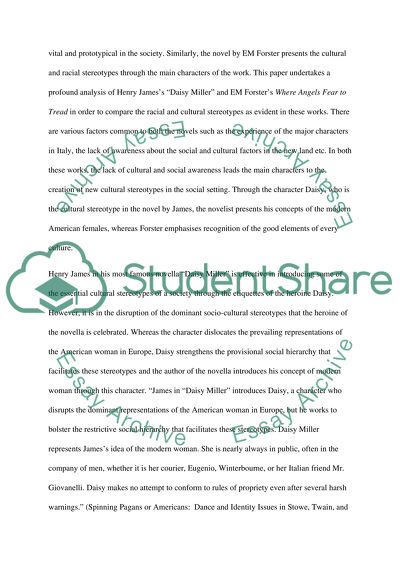Cite this document
(“Racial and Cultural Stereotypes Book Report/Review”, n.d.)
Racial and Cultural Stereotypes Book Report/Review. Retrieved from https://studentshare.org/literature/1504866-racial-and-cultural-stereotypes
Racial and Cultural Stereotypes Book Report/Review. Retrieved from https://studentshare.org/literature/1504866-racial-and-cultural-stereotypes
(Racial and Cultural Stereotypes Book Report/Review)
Racial and Cultural Stereotypes Book Report/Review. https://studentshare.org/literature/1504866-racial-and-cultural-stereotypes.
Racial and Cultural Stereotypes Book Report/Review. https://studentshare.org/literature/1504866-racial-and-cultural-stereotypes.
“Racial and Cultural Stereotypes Book Report/Review”, n.d. https://studentshare.org/literature/1504866-racial-and-cultural-stereotypes.


